the vineyard
Venn Valley Vineyard is on the site of what was previously a Farm Park. Vines now grow where Highland cattle used to graze. Since acquiring the site, we have taken a hands-on approach at every stage of the vineyard’s development: from the first planting of four and a half acres in 2016, when two varieties of Pinot Noir grapes, along with Seyval Blanc and Ortega, were established, and again the following year when two acres of Madeleine Angevine grapes were planted, and then through to the subsequent tending and nurturing of the young vines. Every step taken on the long road to bringing our vines to fruition has been imbued with our passion for the grape and the wine, and we’ve kept our focus on the long view, waiting for the day when the wine finally reaches the bottle.
The Pinot Noir varieties are red, while the others are early ripening white varieties tolerant of the cooler conditions of English vineyards. With wine production due to start in 2022, the focus is on white and rosé wines. Over the coming years we will build our cellar door to include sparkling and still wines of the highest quality.
Sustainable practices for sustainable wines
Sustainability, soil health and regenerative agriculture are core values behind the development of the vineyard, alongside our aim to increase biodiversity while nurturing the vines to produce high quality authentic wine. An integrated approach to viticulture is employed using traditional, organic and biodynamic practices. Rather than creating a sterile strip beneath the vines with weed killer, strimming and mulching are used to suppress weed growth and add nutrients to the soil without the need for chemical inputs or disturbance to the vital soil structure. Naturally produced biodynamic soil enhancers and composters are used, bringing the benefit of increased symbiotic microbial and mycorrhizal activity, and increased soil carbon storage.
Providing for wildlife
Grass and wildflower strips are being established around the vineyard’s perimeter to attract and provide food sources for pollinating insects and to create a haven for other invertebrates and small animals. New orchard and woodland planting is augmenting the existing woodland and hedgerows, and low-till methods are generally used on the land. Over time, these new habitats will mature and interconnect with the wider countryside, providing migration routes and refuges for an abundance of wildlife.
